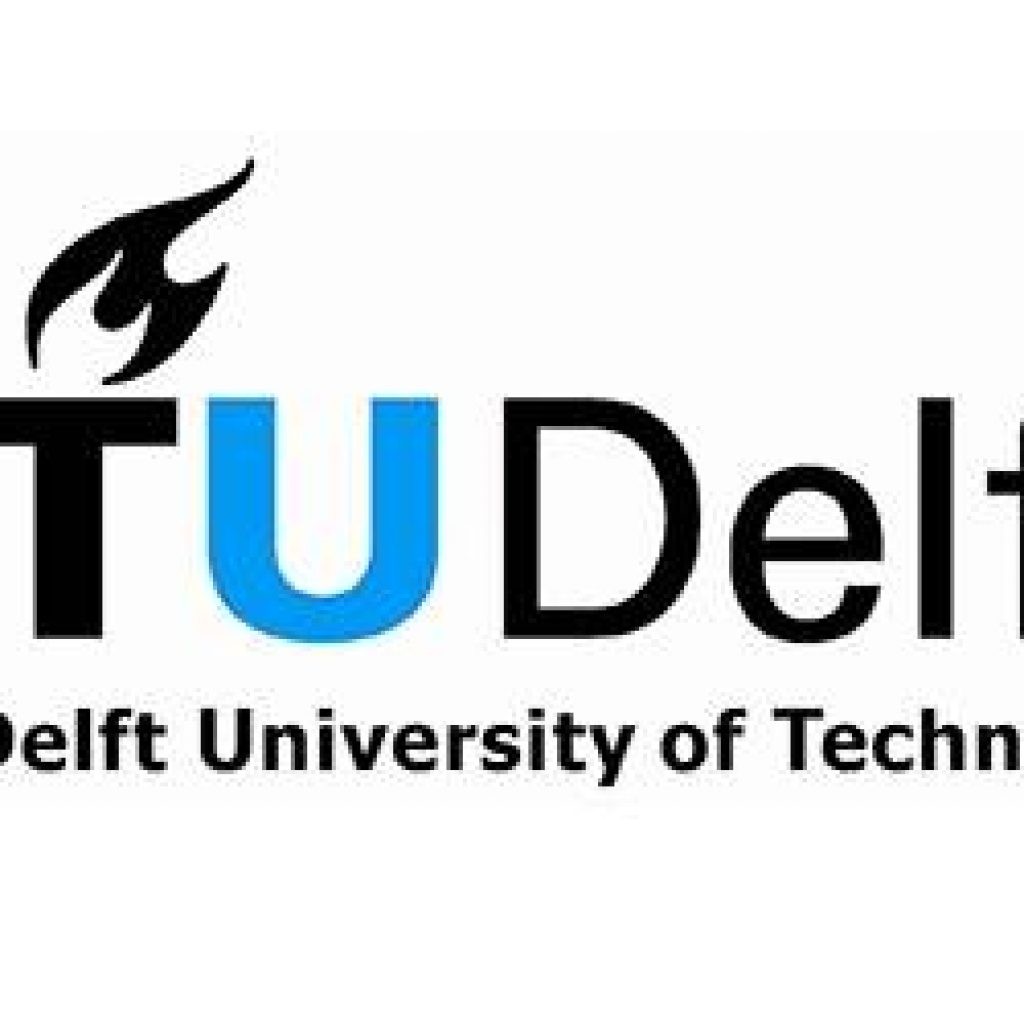(Phys.org) A team of researchers from TU Delft managed to design one of the world’s most precise microchip sensors. The device can function at room temperature—a ‘holy grail’ for quantum technologies and sensing. Combining nanotechnology and machine learning inspired by nature’s spiderwebs, they were able to make a nanomechanical sensor vibrate in extreme isolation from everyday noise. This breakthrough, published in the Advanced Materials Rising Stars Issue, has implications for the study of gravity and dark matter as well as the fields of quantum internet, navigation and sensing.
Researchers from TU Delft created a web-shaped microchip sensor that resonates extremely well in isolation from room temperature noise. Among other applications, their discovery will make building quantum devices much more affordable.
Richard Norte and Miguel Bessa, who led the research, were looking for new ways to combine nanotechnology and machine learning. But how did they come up with the idea to use spiderwebs as a model? Richard Norte: “I’ve been doing this work already for a decade when during lockdown, I noticed a lot of spiderwebs on my terrace. I realized spiderwebs are really good vibration detectors, in that they want to measure vibrations inside the web to find their prey, but not outside of it, like wind through a tree. So why not hitchhike on millions of years of evolution and use a spiderweb as an initial model for an ultra-sensitive device?”
Since the team did not know anything about spiderwebs’ complexities, they let machine learning guide the discovery process. To the researcher’s surprise, the algorithm proposed a relatively simple spiderweb out of 150 different spiderweb designs, which consists of only six strings put together in a deceivingly simple way. Bessa: “Dongil’s computer simulations showed that this device could work at room temperature, in which atoms vibrate a lot, but still have an incredibly low amount of energy leaking in from the environment—a higher quality factor in other words. With machine learning and optimization we managed to adapt Richard’s spiderweb concept towards this much better quality factor.”
Spiderweb as inspiration for creating one of the world’s most precise microchip sensors
